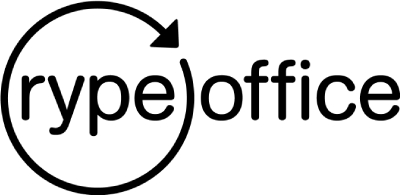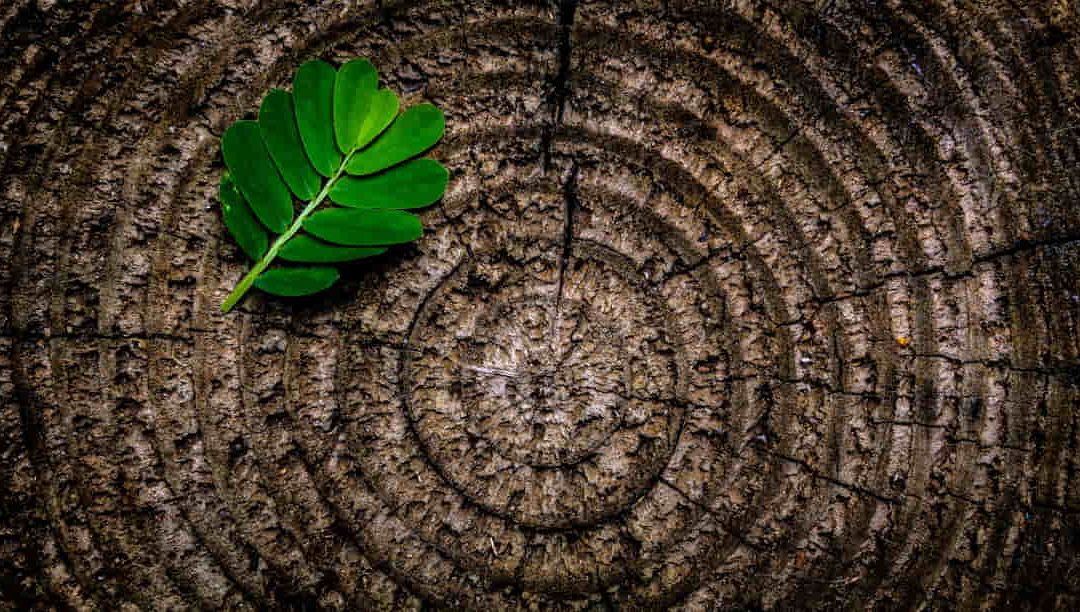We are entering a new era
The Ellen MacArthur Foundation describes the Circular Economy as “a systems solution framework that tackles global challenges like climate change, biodiversity loss, waste and pollution” based on three basic principles: eliminate waste, circulate products and materials at their highest value, and regenerate nature.
The Circular Economy has a long-standing place in the B2B world, the most well-known being photocopiers, also Caterpillar engines and fighter aircraft. The Circular Economy is also becoming more widespread in the public sphere with an uptake in the consumer product sector, which has led to significant investment and rising valuations in businesses who focus on re-selling.
Millennials and Generation Z are turning away from new “sustainable” clothing because of greenwashing and confusion about what “sustainable” fashion means. They are also more price conscious.
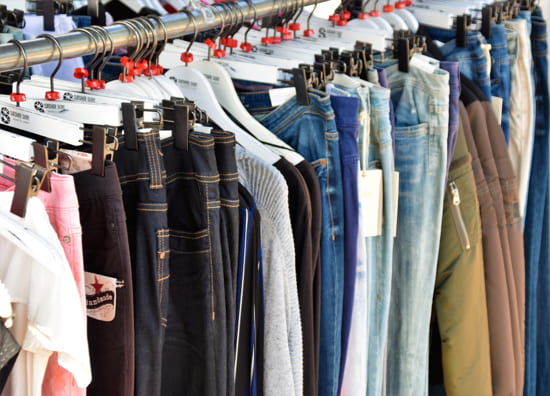
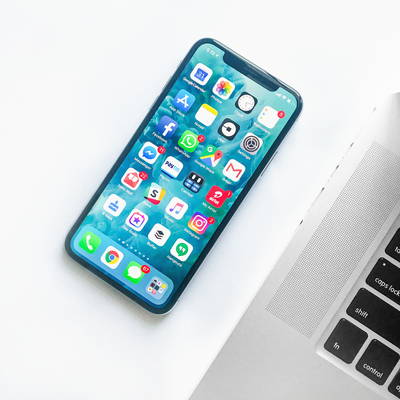
As with fashion, new online platforms are making it easier for sellers to find buyers. Advances in diagnostic testing and refurbishment techniques mean second-hand phones are offered with guarantees. In addition to saving money, and reducing waste, many customers think new phones now only feature incremental updates compared to previous generations of phones as rates of innovation have slowed.
Depop
Depop is the fashion marketplace app, founded in 2011, which enables Generation Z to discover unique items. It is a global community buying, selling and connecting, to make fashion more inclusive, diverse and less wasteful.
Most of the items sold on Depop are used, vintage, and repurposed clothing.
In 2020, Depop’s gross sales and revenue more than doubled to $650 million and $70 million respectively. In June 2021, Etsy acquired Depop for $1.6 billion, making it Etsy’s most expensive acquisition.
In 2021, Depop had over 21 million users, 90 percent of whom are under the age of 26.
Vestiaire Collection and Selfridges
Vestiaire Collective is a social commerce platform that enables consumers to buy and sell luxury pre-owned fashion products. It has members in 50 countries. Each week, over 30,000 items are added by its community of sellers. Founded in 2009 in Paris with a focus on Europe, now their biggest market is the US. In 2021 Vestiaire raised over $650 million in funding, valuing the company at over $1bn and they have recently acquired their biggest US competitor, expanding their user base to 23 million and a portfolio of 5 million products.
According to Vestiare, second-hand luxury is growing four times faster than the new luxury market.
In 2019 Vestiaire collection teamed up with Selfridges department store to create an instore concession, their first physical proposition, for customers to buy and sell pre-owned luxury goods.
Vinted
Vinted is an online marketplace for buying, selling and exchanging new or second-hand clothing, accessories and homeware. Founded in 2008 in Lithuania, it is now serving 10 markets across Europe and North America
Vinted achieved sales of €150 million in 2020, almost double 2019.
Vinted’s 50 million users are making second-hand their first choice.
Back Market
In January 2022 Back Market, the marketplace for refurbished electronic devices (mostly smartphones) was valued at $5.7 billion.
Back Market doesn’t refurbish devices itself, but instead acts as marketplace to makes it easier for third party companies to find customers.
Over 6 million customers have bought a second-hand refurbished device on Back Market.
Back Market has 650 employees and operates in 16 countries.
Major smartphone manufacturers and network providers including GiffGaff, Vodafone, O2, EE, Samsung and Apple also offer refurbished smartphones with guarantees as well as take back schemes to ensure old devices are recycled responsibly or refurbished for a second life. This is helping them to meet new customer demand for refurbished phones without losing business to online marketplaces.
Nowadays there are four price points in consumer electronics for the same product: brand new (made from virgin resources), brand endorsed refurbished sold by manufacturers and network providers, grey market refurbished sold on marketplaces, and second hand.
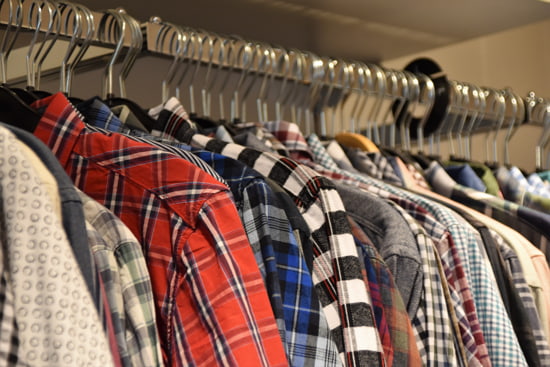
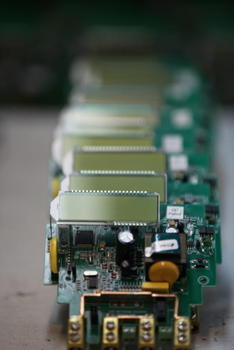
A study by the BBC estimates that as many as 40 million unused gadgets are languishing in UK homes. One million phones could deliver 16 tonnes of copper, 350kg of silver, 34kg of gold and 15kg of palladium.
The Royal Mint has perfected the technique of extracting gold from electronic circuit boards in the laboratory and by March 2023 plans to process 90 tonnes of e-waste each week to mint new coins.
